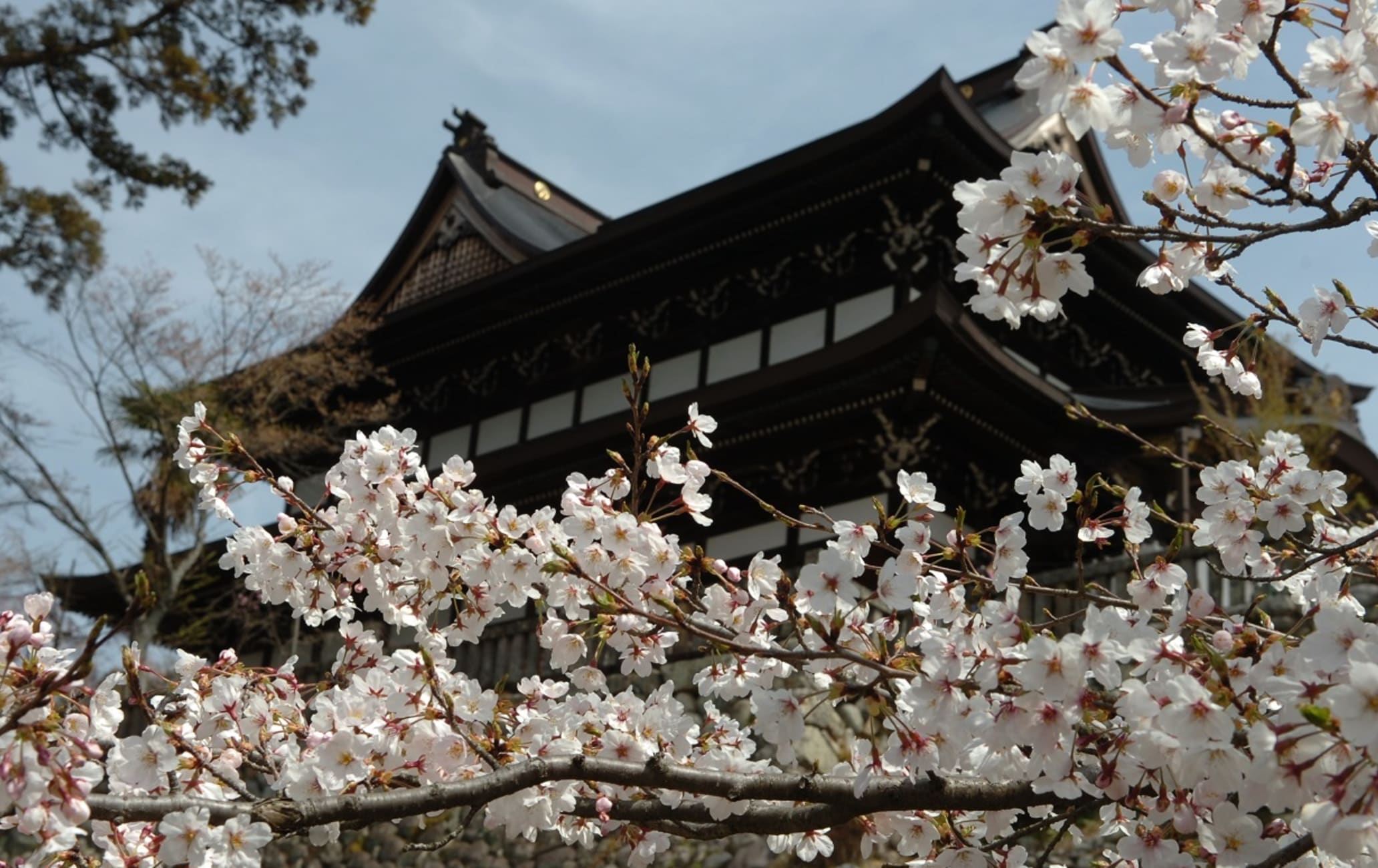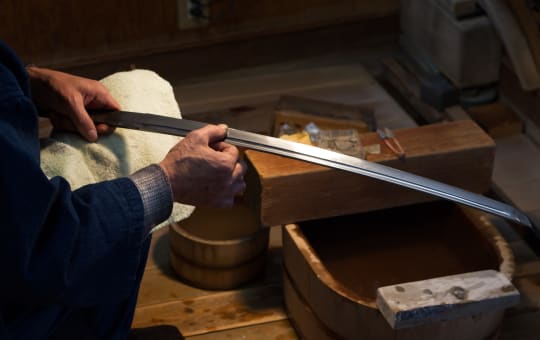Once a center of samurai sword-making prowess now making fine blades for everyday use
The master swordsmith known as Kaneshige (or Kinju) moved to the Seki area sometime in the 14th century and, with Kaneuji, founded the Mino sword-making tradition. The blades they crafted were coveted by lords and samurai throughout Japan.
How to Get There
Seki is accessible by train.
From Gifu Station, take the JR Takayama line to Mino-Ota and change onto the Nagaragawa Railroad. Seki Station is seven stops along the line.
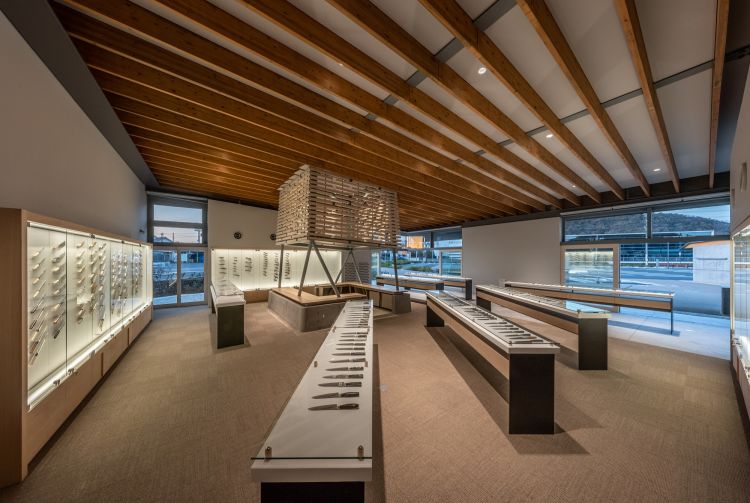
At the cutting edge
Since the Mino sword-making tradition was founded in Seki area, this place has been synonymous with blades. When Japan embraced modernity in the early Meiji era (1868-1912), however, samurai were banned from carrying swords, and the bottom fell out of the market. Artisans diversified into knives, scissors, cutlery, and other tools, for which Seki is still renowned.
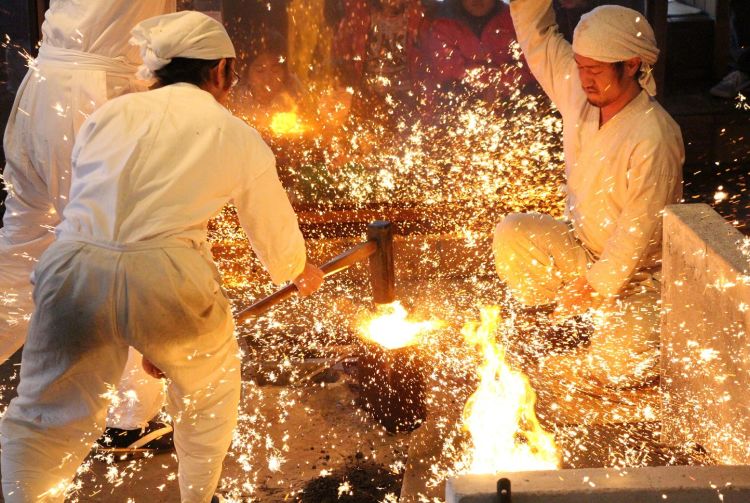
Swordsmith museum
You can catch a glimpse of one of Japan's most respected arts at the Seki Swordsmith Museum, just a few minutes' walk from Nagaragawa Railway Hamono-Kaikanmae Station.
In addition to displays of every aspect of sword making, on designated days you can watch the smiths at work, pounding steel and literally making sparks fly. January 2 is the day you most want to be there, when the first forging of the year is accompanied by solemn rituals and festivities.
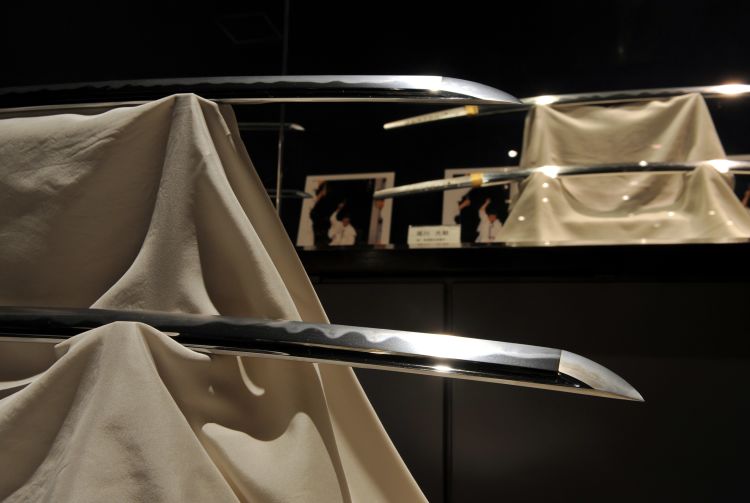
Cut the price
The Gifu Cutlery Hall is between the museum and the station, a well-stocked shop offers every kind of Seki blade you could hope to purchase, from nail clippers to replica swords, kitchen knives, and scissors. The samurai sword scissors are a particular favorite with visitors. Items are sold at discounts up to 20%.
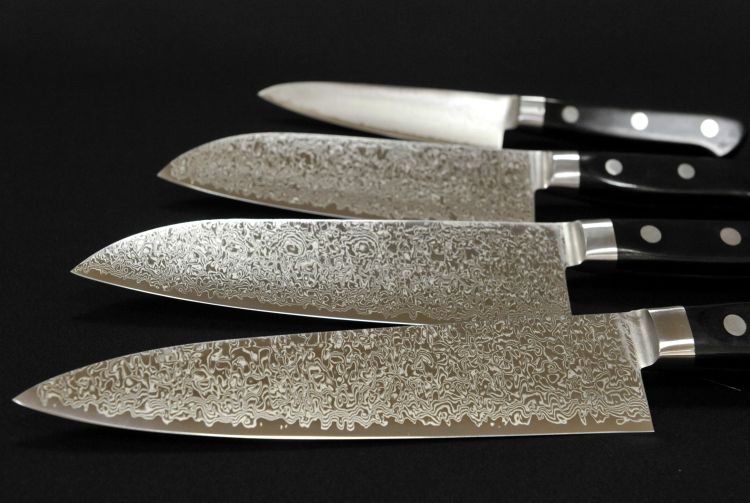
Seki Zenkoji
Seki Zenkoji, located a short walk beyond the museum, is named after the much bigger, more famous Zenkoji Temple in Nagano City . Like Nagano's Zenkoji Temple, Seki Zenkoji also features a pitch-black underground passageway, where you walk with your hands touching the walls on either side and try to find the metal door handle purported to lead to the realm of the dead.
The latest information may differ, so please check the official website
Please note that the name of the Hamonokaikan-mae Station will change to Sekiterasu-mae Station on April 11, 2022.
* The information on this page may be subject to change due to COVID-19.





























































